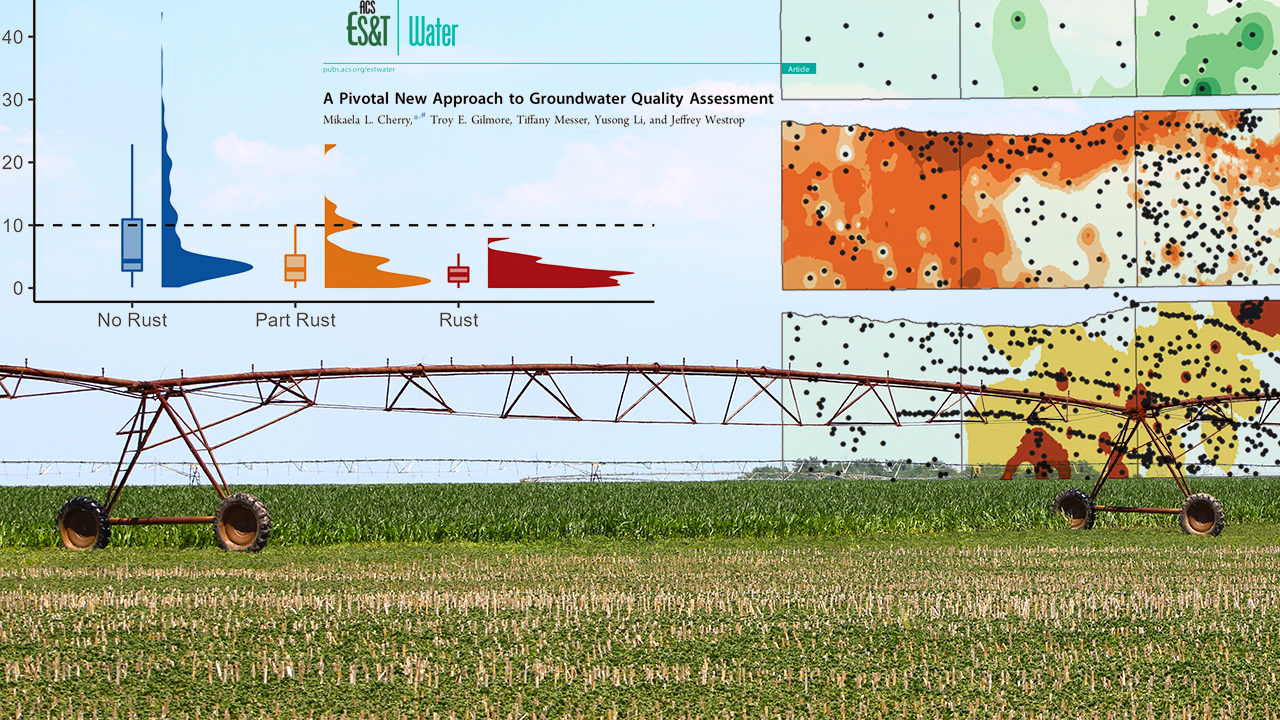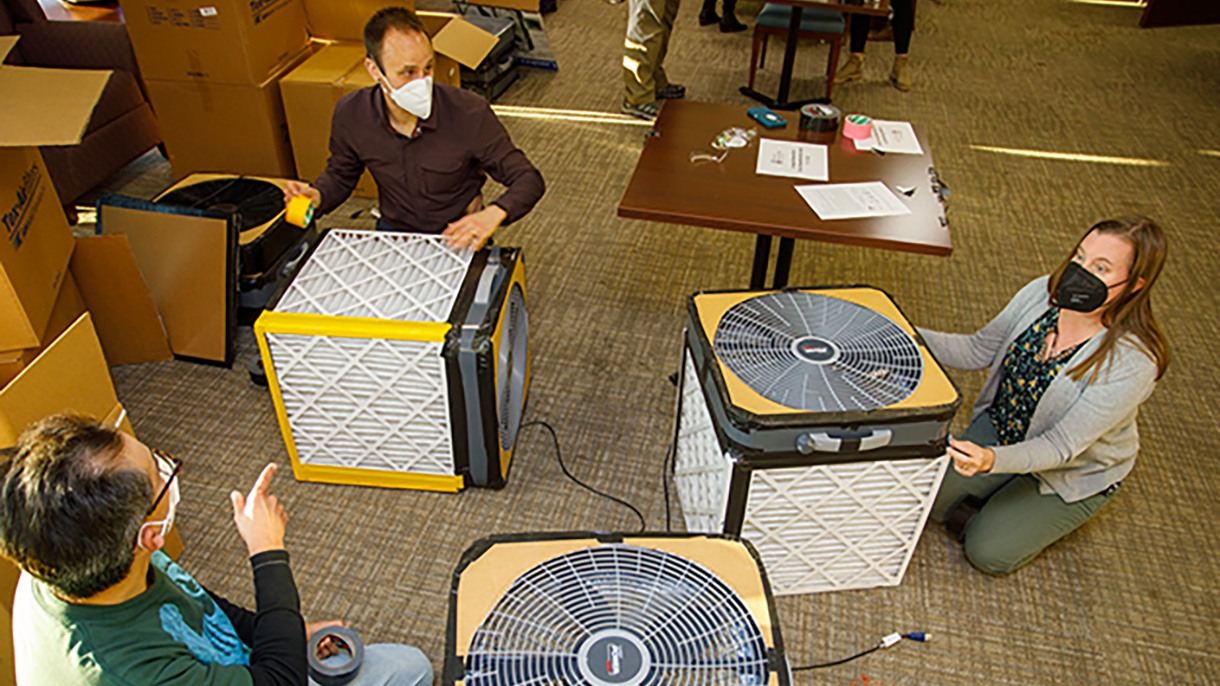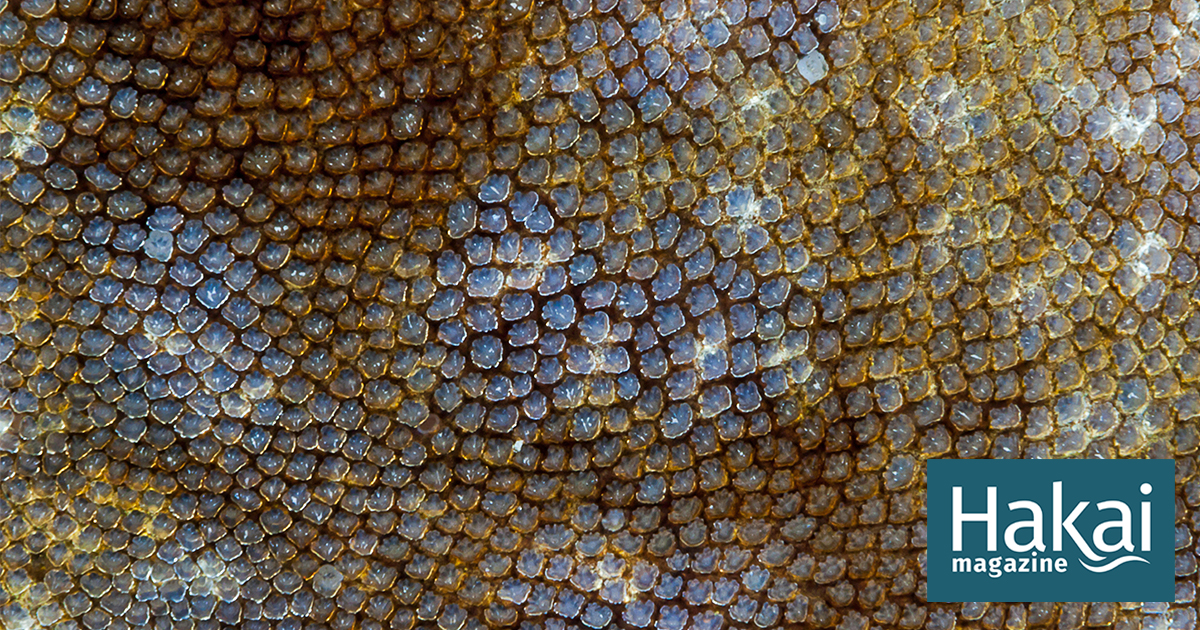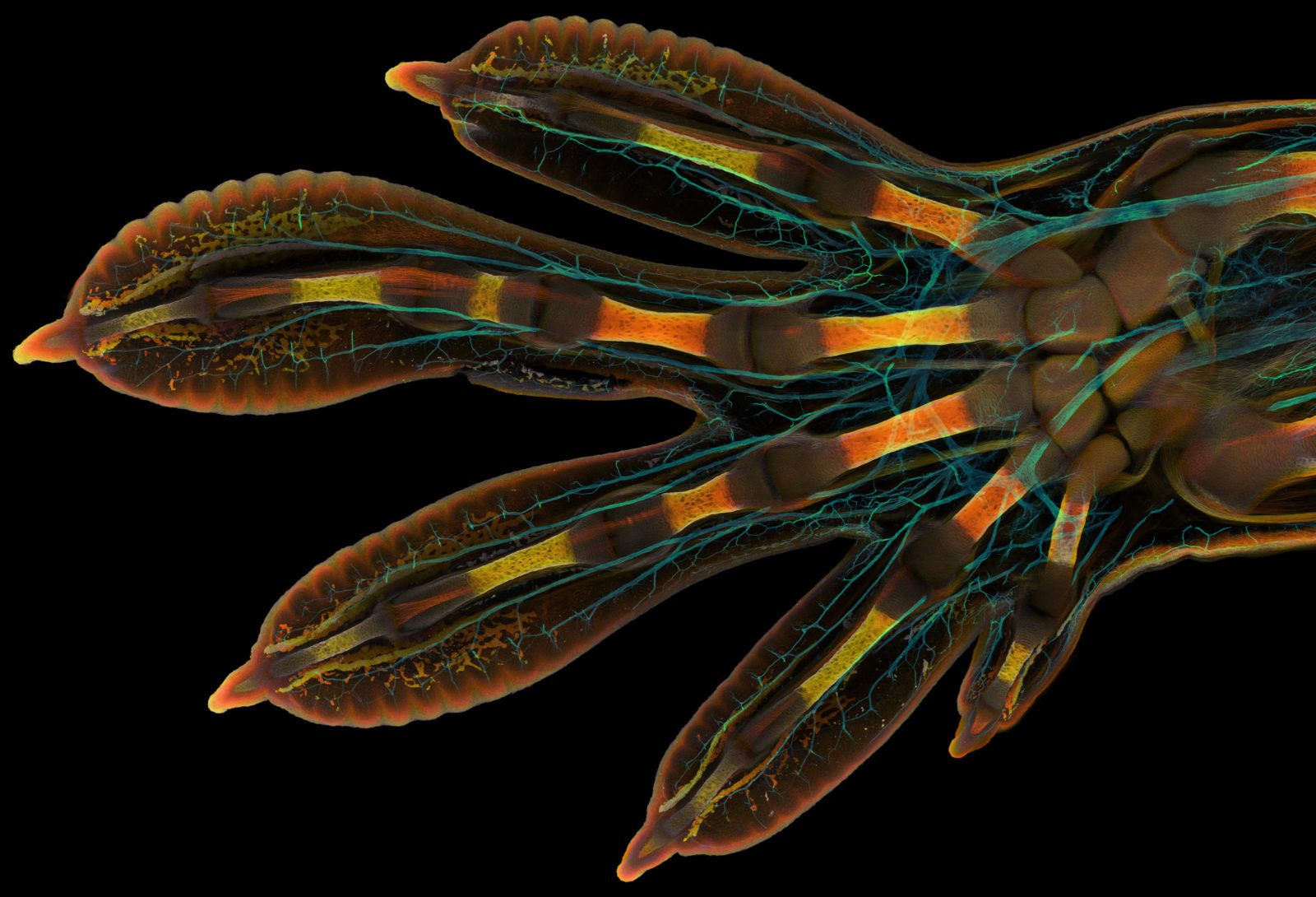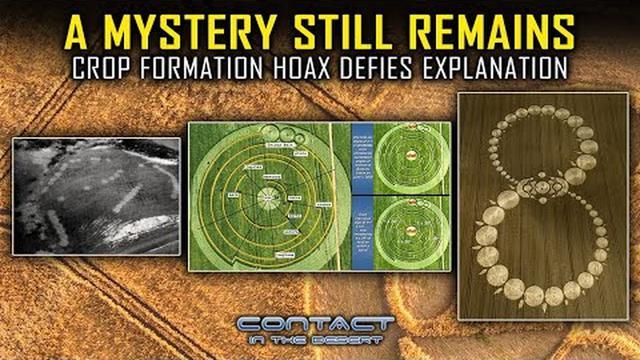The complete genomes of 240 mammal species have been sequenced. Along with a "whole-genome alignment", where they line up the DNA sequences in one species with the equivalent DNA sequence in another species. The researchers identified 4,552 "conserved" regions. When talking about DNA, a region is considered either "fast-evolving" if it changes rapidly, or "conserved" if it stays the same over time. If a region is "conserved", there's probably a reason -- the sequence needs to be the way it is because it encodes some essential function. Knowing that a region is "conserved", however, doesn't tell you what the reason is. It's just a clue that there's something important going on. And just as a region can be "conserved" within a species over time, a region conserved across related species is probably conserved for a reason. But you don't necessarily know what the reason is.
Examining the conserved regions, the researchers found regions that relate to hibernation, olfaction, vocal learning, and brain size. Not only that, but these evolved multiple times -- sort of. For example, hibernation evolved in both bears and bats. But it is thought that the underlying "coding" genes are conserved across mammal species -- it's the non-coding DNA that controls what genes get switched "on" and "off" that is thought to have evolved independently. "Coding" means the DNA encodes proteins which are assembled by ribosomes after the information on the DNA is transcribed to messenger RNA (mRNA) and ferried over to the ribosomes. "Non-coding" DNA doesn't encode for proteins. It was thought to be "junk" before it was realized that often this "non-coding" DNA controls the expression of the "coding" DNA, through such mechanisms as transcription factors.
A highly detailed phylogenetic tree of mammal species was made that resolves disputes in previous phylogenetic trees. The effects of the Cretaceous-Paleogene (K-Pg) extinction, which wiped out the dinosaurs and enabled placental mammals to take over land and rapidly diversify, is measurable in the genomes.
In addition to the 4,552 nearly perfectly preserved regions, 10.7% of the human genome was considered "unusually conserved" across mammal species. 57.6% of coding bases fall into this category, but on the flip side, 80.7% of the bases in this category are non-coding. If that makes you scratch your head, review your Bayes' Theorem: A given B is different from B given A. Given a base known to be coding, there's a 57.6% chance it's in the "unusually conserved" category. Give a base known to be "unusually conserved", there's an 80.7% chance it's non-coding.
Approximately 439,461 candidates for "regulatory elements", regions of non-coding DNA which regulate the transcription of other genes, were identified for further study. In addition, 2,024,062 transcription factor binding sites were found. Transcription factor binding sites. Transcription factors are proteins that turn genes "on" and "off" by controlling their "transcription" from DNA to messenger RNA (mRNA) which goes to the ribosome to control the assembly of a protein.
In addition to finding regions that are the same compared with other mammals, the researchers looked for regions that are different -- the so-called human accelerated regions. Conserved within the human lineage, but different from other mammals, especially our closest relatives, the chimpanzees. These are thought to underlie human-specific traits. Some of these are thought to be neurodevelopmental genes.
There are also human-specific conserved deletions, where short (2-3 base pair) deletions took place. 10,032 of these human-specific conserved deletions were identified. Many of these are believed to affect neurons and nerve tissue and have affected our cognitive function.
For alignment, they created a new machine-learning tool that can align genes even if they underwent translocations (where a gene or part of a gene moves to a different chromosome) or inversions (where a portion of a DNA sequence gets copied in the reverse direction), and works for non-coding regions as well as the parts within coding regions that don't encode proteins but are "start" and "stop" indicators and such ("introns" as opposed to "exons").
They also looked at transposable elements, colloquially known as "jumping genes". These are DNA sequences that change their positions within a genome, sometimes with dramatic effects such as altering the cell's genetic identity or even its genome size. The lowest genomic percentage of transposable elements was found in the star-nosed mole (27.6%), and the largest percentage was seen in the aardvark (74.5%), whose higher transposable element count corresponds with larger genome size.
Finally, they looked at species that are nearing extinction and found the small population sizes decrease heterozygosity and increases the deleterious genetic load, making extinction even more likely. To determine deleterious genetic load, they looked at regions known to be vital in familiar species such as mice.
What makes a mammal? 423,000 newly identified DNA regions guide our genes




